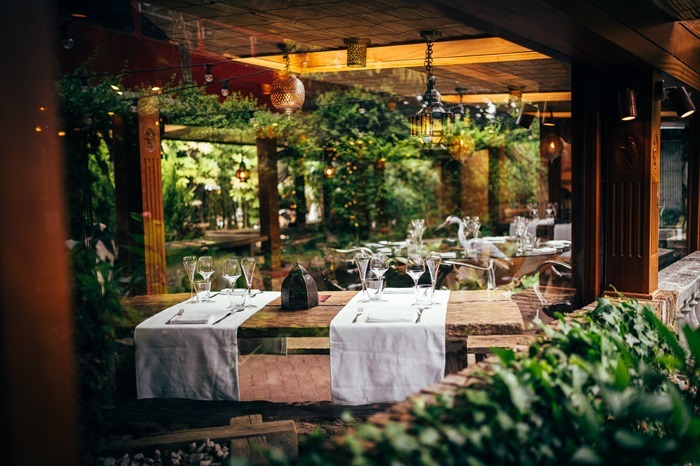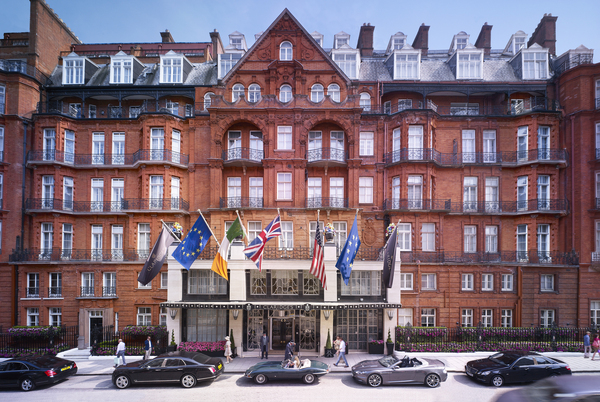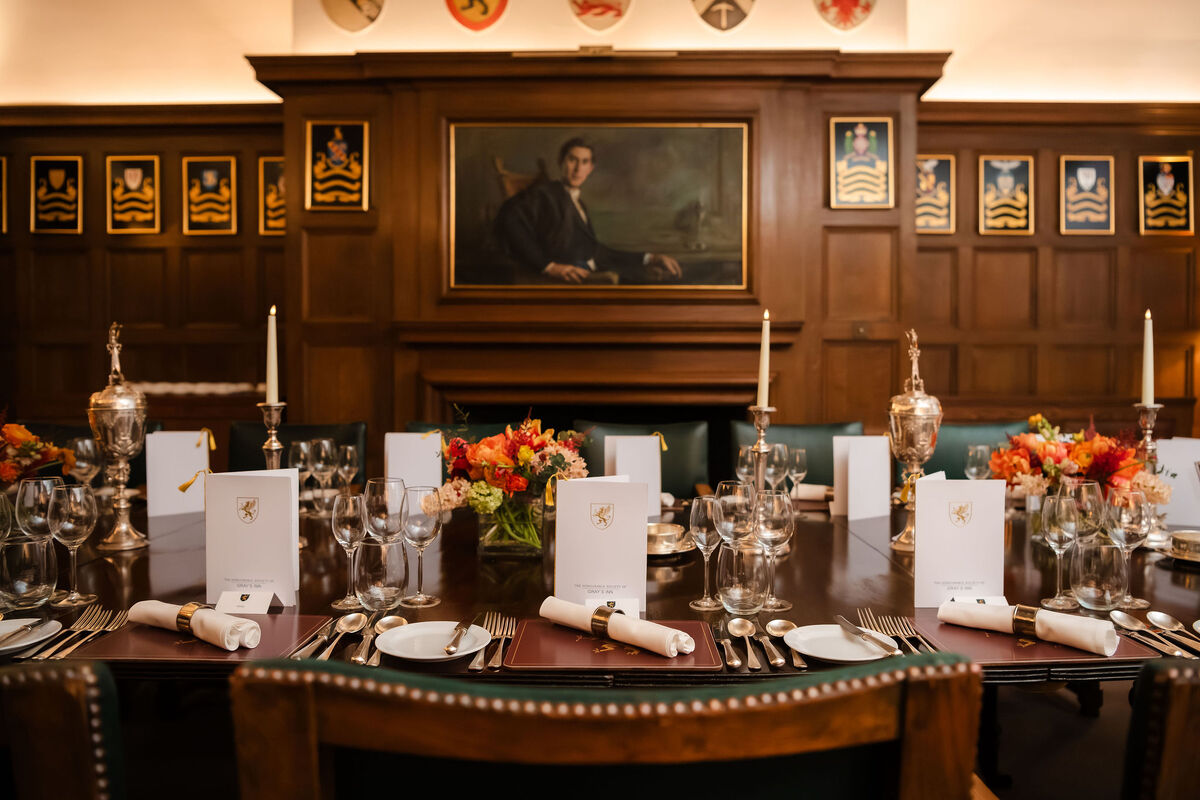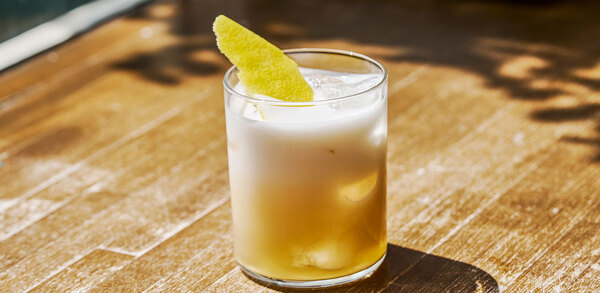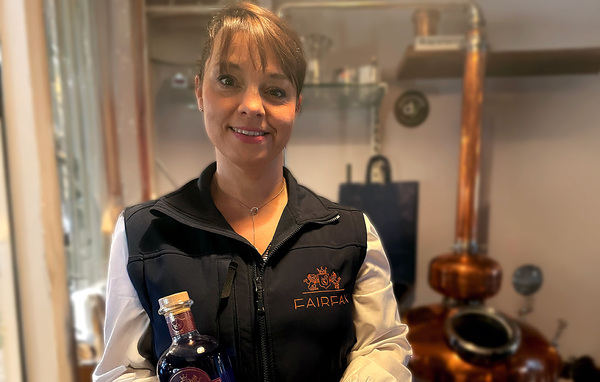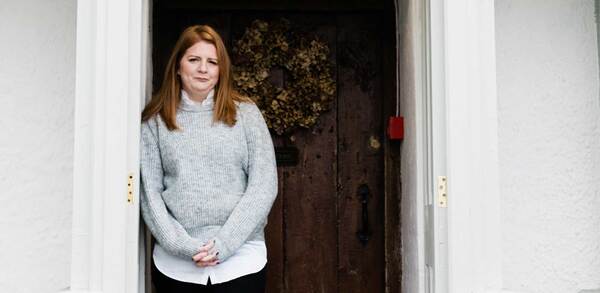Drinks Doctor: How can I get the very best out of my Champagne?
Does glass size matter? How precisely should you monitor temperature? Martin Dibben, head of Champagne at Searcys, explains
I have frequently been asked what to do to enhance the experience of drinking a glass of Champagne and it would be doing it a disservice if we didn’t follow some guidelines that ensure we get the best from our bubbles.
Temperature affects the taste, aroma and effervescence. A chilled glass of Champagne will be crisp, refreshing and have a good acidity. As the temperature increases, the freshness and acidity will diminish, although you will see an enhanced flavour. Aromas are also preserved in a chilled glass so you can identify delicate flavours, and these become weaker as temperature increases. Finally, coolness amplifies the bubbles, which again tend to be lost when served at a warmer temperature.
As a guideline, most Champagne houses recommend that the best temperature for a champagne is 8°C-10°C. Once you start upgrading to a vintage or Special Cuvée, such as Dom Ruinart Blanc de Blancs, serving it at 10°C-12°C allows the full complexity of the aromas to be released.
So now we are ready to decide which glass we should use. The oldest style of glass is the coupe, used in France since the early 18th century. The early coupe was designed to hold a single serving of Champagne and was used for toasting. In the 1920s, it became very fashionable in New York for cocktails. However, with a wide bowl on top of the stem, the sparkling wine is exposed to oxygen which allows the bubbles to dissipate faster. Great to create a party atmosphere, but not recommended for a good bottle of Champagne.
In the 1960s, we started to see the introduction of the flute-shaped glass. It was felt that this narrow glass created prolonged bubbles, which were the trademark of the drink. However, the narrow top limits the release of the aromas and the wine’s full character.
The Champagne houses realised the limitations of these glasses and started using a tulip glass with a flared mouth, allowing for the development of aromas and it is this style of glass that many of the houses use at their cellar door. If you are drinking a great vintage or special Cuvée, then some would even recommend using a wine glass to allow more oxygen for greater aroma development. For this reason, the Ordre des Coteaux de Champagne will use wine glasses at their annual dinner, where vintages as old as 1999 are consumed.
Once we have the glass, I do recommend a polish, particularly if you use a dishwasher, as soap residue can detract from the aromas and taste. It’s always best to handwash glasses and allow to air-dry.
What is the best bottle size? Churchill is often quoted as saying “a magnum is the perfect size for two gentlemen to have over lunch, especially if one isn’t drinking”. His love of magnums was probably more due to the size of the bottle, as it was rumoured he would drink two bottles of Pol Roger every day during the war. Magnums provide the ultimate size to develop Champagne. They contain twice the volume of a standard bottle, but the neck is the same size, meaning that the oxidation in the bottle will take longer, allowing more contact time with the lees and resulting in a wine with greater complexity and richness in taste.
So much to think about when you drink Champagne!
Do you have a question for one of the Drinks Doctors? Send your query to drinks@thecaterer.com
Cocktail of the week: Hot tomato

Lowcountry, Shoreditch, London
Owner: Ryan Sheehan
- 50ml jalapeño-infused gin
- 35ml fresh tomato water
- 25ml lime juice
- Dash Ancho Reyes Verde (optional)
Pour all the ingredients into a shaker tin with ice and shake for 8-12 seconds. Double strain into a rocks glass and add a lime wheel and/or a cherry tomato.
Infused gin
Chop and deseed 50g of fresh jalapeño and place in a cream whipper with 500ml Beefeater gin. Charge the cream whipper with two nitrous cartridges and then refrigerate for 30 minutes. When decanting the gin, be sure to discharge all the gas before opening and be ready to catch the liquid from the nozzle. Once the gas is discharged, open the whipper and allow the liquid to stop bubbling before pouring through a mesh strainer.
Tomato water
Blend a kilo of tomatoes thoroughly. Place 250ml into a saucepan and add 2g agar agar. Stir thoroughly to blend the agar agar at room temperature, then bring to a boil and let the mixture remain there for 2-3 minutes. Slowly add the larger portion of tomato to the smaller portion in a flat bottomed tray, then place the tray in the fridge for up to 24 hours or until the tomato has gelled. Strain gel until clarified.
Seasonal food and drink pairing
Franciacorta and fish dishes
The Berlucchi family winery was founded in 1955, where six years later they created the very first Classic Method wine. Franciacorta sparkling wine was born – the elegant and smooth Franciacorta, ‘61 Satèn’, Brut NV is perfect as an apéritif or as an ideal pairing with risottos, prosciutto and fish dishes.
Sponsored by
www.hnwines.co.uk/wines-producers/producers/1833






